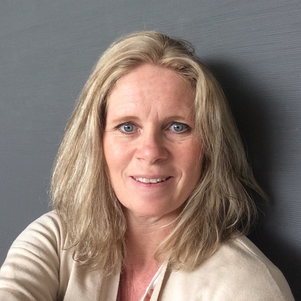Sjoerd Stallinga
Research Interest: Computational Imaging, Super-Resolution Microscopy, Digital Pathology
Academic Background:
Sjoerd Stallinga (1970) obtained his Ph.D degree (1995) at the University of Nijmegen after graduating at that university (1993) on a theoretical study in liquid crystal physics. He has worked from 1995-2008 as senior scientist and project leader at Philips Research in Eindhoven on the optics of LCDs, the standardization and development of the Blu-ray Disc format in optical storage, various topics in optical design, and where he initiated the topic of digital pathology and the technology of whole slide imaging systems. In 2009 he joined the Delft University of Technology as associate professor in the Department of Imaging Physics, and got promoted to full professor in 2018. Current research interests are in the analysis, design & realization of computational optical imaging systems. The application focus is on biomedical imaging and microscopy in general and optical nanoscopy and digital pathology in particular. Sjoerd Stallinga has published 68 peer-reviewed papers, 24 Philips internal publications, and is inventor on 36 granted US patents.
-
2024
Analysis of binding site dependent labelling efficiency for DNA-PAINT using particle fusion
Hamidreza Heydarian / Sjoerd Stallinga / Bernd Rieger
-
2024
Noise Amplification and Ill-convergence of Richardson-Lucy Deconvolution
Y. Liu / S. Panezai / Y. Wang / S. Stallinga
-
2024
Single Image Fourier Ring Correlation
Bernd Rieger / Sjoerd Stallinga
-
2024
Single image Fourier ring correlation
Bernd Rieger / Isabel Droste / Fabian Gerritsma / Tip Ten Brink / Sjoerd Stallinga
-
2023
-
* The above keywords are automatically generated by the TU Delft research portal
-
2022-05-03
Zwaartekracht funding for living cells consortium
-
2022-04-29
TU Delft werkt aan superscherp beeld eitwitten in levende cel
Appeared in: ICT & Health
-
2022-04-26
ERC Advanced Grant to make super detailed 3D images of proteins in living cells with a special light microscope, without damaging those cells.
-
2022-04-26
From light spots to supersharp images
-
2021-05-27
Researchers make 3D image with light microscope

